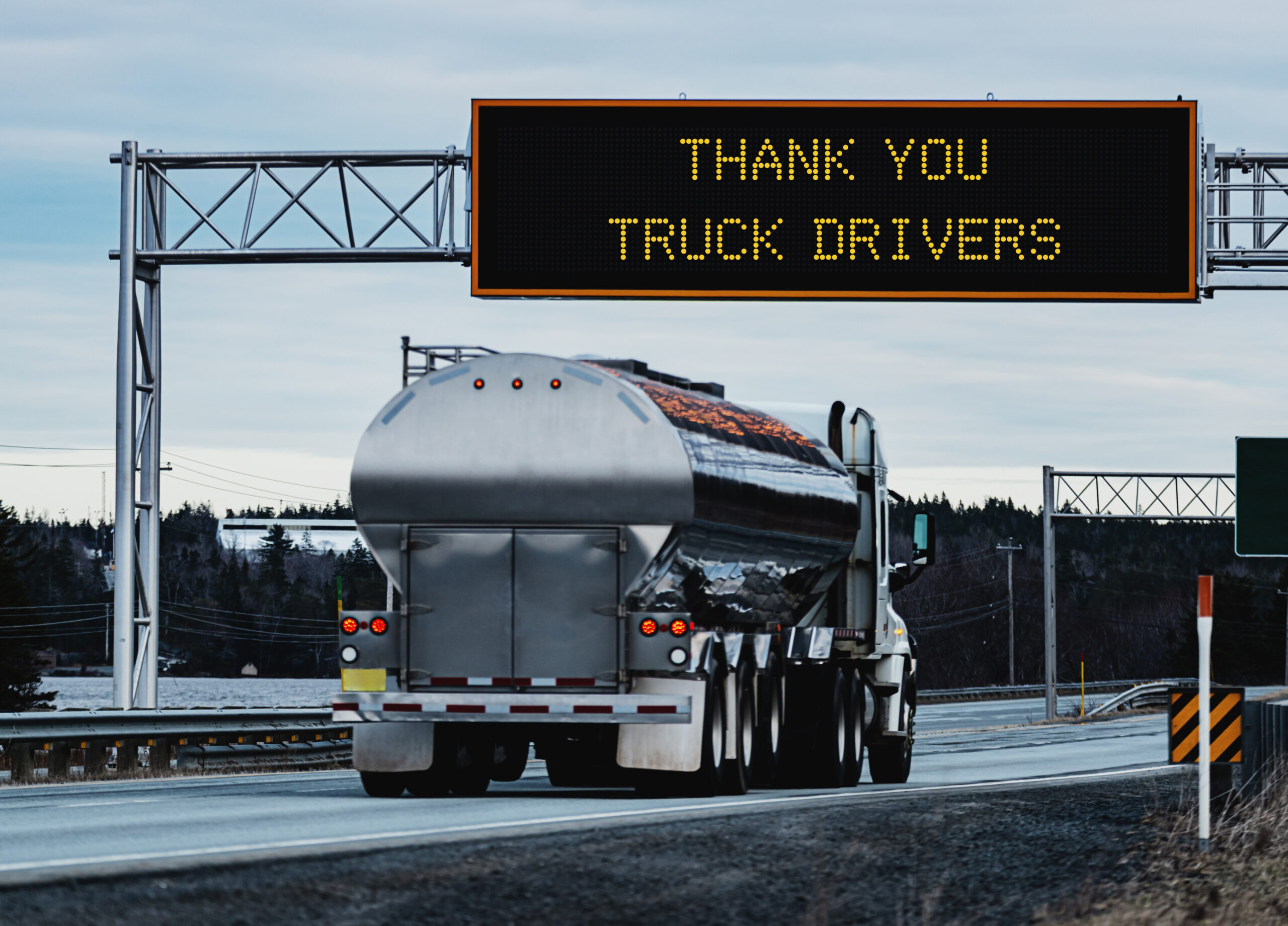Are National Supply Chain Challenges Affecting Driver Retention?

Everywhere you turn these days, it seems like supply chain challenges are in the news. As the country continues to emerge from the economic crisis caused by the COVID-19 pandemic, it’s plagued by infrastructure issues and shipping problems.
Professional drivers are an essential cog in the shipping process, delivering essentials to homes and businesses across the country. How are they affected by these ongoing supply chain challenges?
It’s an interesting question — with a somewhat complex answer. Today, we’re exploring what we’ve learned through our own research, as well as what we’ve seen as we help our customers navigate hiring and retention challenges.
4 Facts About the State of Supply Chain Challenges & Trucking
The United States’ current supply chain issues are being largely driven by two key factors: increased consumer demand and an across-the-board need to restock inventory after the initial onset of the pandemic. From our perspective, this means it’s critical for carriers to understand that:
1. It most directly impacts port drivers.
Those outside the trucking industry are likely unfamiliar with the different types of professional drivers, but there’s a key distinction between freight drivers and port drivers. Port drivers are drivers who are specifically trained to pick up and drop off shipments at port stations like rail yards and shipping ports.
Because these ports are a point of emphasis — and chaos — right now, port drivers are under an intense amount of pressure, which can drive increased numbers of drivers leaving carriers or leaving the industry altogether.
2. All parts of the supply chain are linked.
While port drivers may be most directly affected, ultimately, logistics issues affect the entire trucking industry. That’s because a missed connection at any point in the shipping process disrupts the entire flow.
“The entire shipping process can be relatively volatile,” says Katie Love, Marketing Manager at WorkHound. “When that first link in the chain is broken, for example, the freight that they’re expecting doesn’t make it to the port, and the entire chain is disrupted. The port driver can’t move it from the port to the warehouse, and then the product isn’t at the warehouse for the freight driver to pick up.”
3. Volatility in the shipping process causes turnover.
When the shipping process is disrupted, like in the scenario mentioned above, it puts increased pressure on drivers, who are already under a good deal of stress. Even in “normal” circumstances, professional truck drivers frequently experience burnout caused by a combination of factors, including intense work-related stress, loneliness while on the road, a lack of interaction with others, and mental health issues. That’s compounded by a persistent shortage of drivers.
“The current logistics challenges can cause drivers to feel like they’re being tugged from every angle,” Love says. “They feel a loss of control over their work/life situation. Anytime there’s too much work and not enough people, you feel like you’re simply a pawn in the situation. That’s how drivers feel.”
That can cause drivers to look elsewhere for jobs that use and value their skills while promoting better well-being.
“Drivers can look into other positions, like driving a bus and being home every night,” Love says. “They can be construction workers or work at the Amazon fulfillment facility or driver for Lyft or Uber. Drivers look to contribute their abilities to other outlets\ that allow them to have more control again.”
4. Carriers can take steps to ease some of the burdens.
With the entire supply chain in disarray and the trucking industry under increased pressure, it’s incumbent on trucking companies to do all they can to support drivers. The actions taken today to show drivers they’re valued and to help them overcome challenges will have a direct impact on hiring and retention now and in the future.
“The companies that are coming out ahead are the ones that are putting their people first,” Love says. “That means listening to them to understand their limits. Everyone has been running at 110%, so there will be days that drivers simply need a day off. And they need to be given that day off because it’s either that day or the rest of them.”
Providing drivers with a voice is a key part of the equation. Ultimately, the drivers are the experts and they know how their work can be improved.
“There are leaders who are scratching their heads and throwing things at the wall to see what will stick,” Love says. “But the truth is that we’ve helped a lot of companies find success with retention, and that’s because those carriers have committed to truly listening to their workers.”
Every part of the supply chain is facing increased pressure. Listening to your drivers is step No. 1 when it comes to identifying the burnout that results from these challenging times. To learn more about the key identifiers of burnout, download the Burnout Guide.
driver shortage, driver turnover, supply chain, supply chain challenges, truck driver jobs
Let's Build Better Workplaces Together
Revolutionize your company culture and your worker retention rates by improving communication and engagement.
Book a Demo

